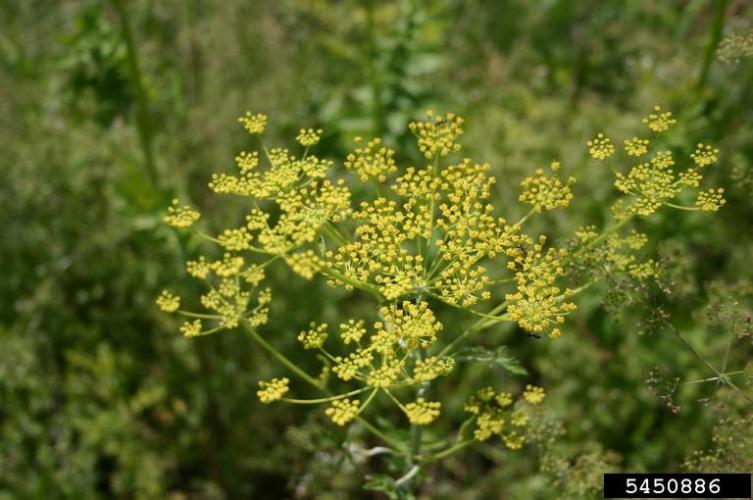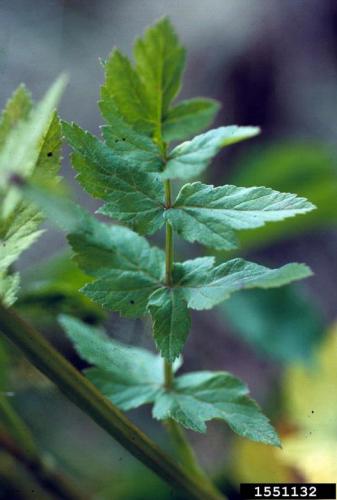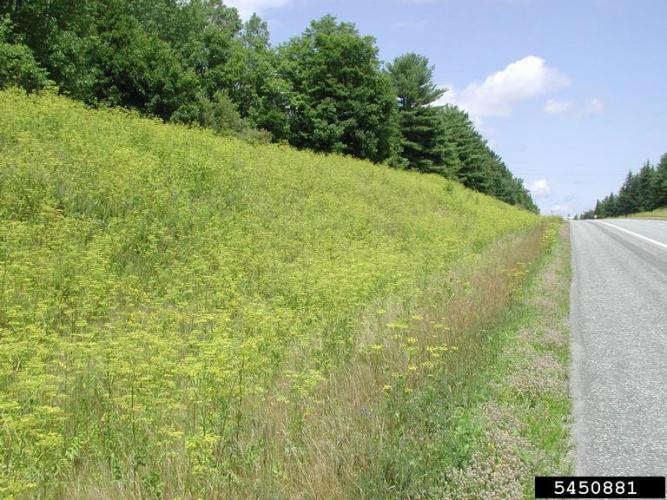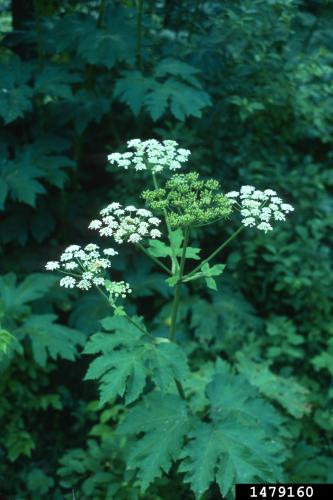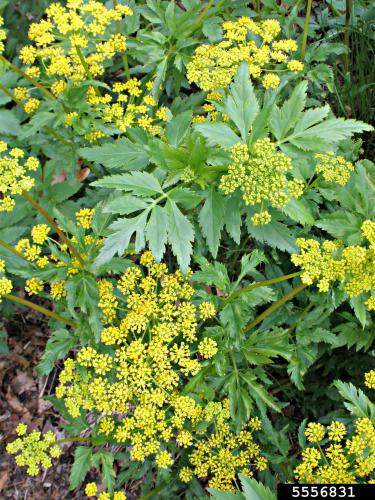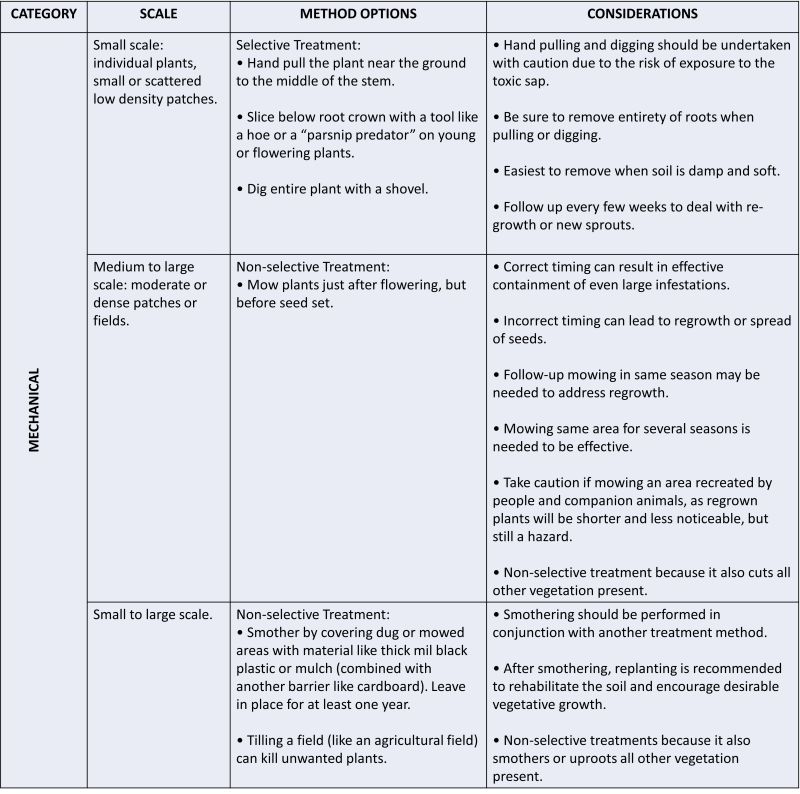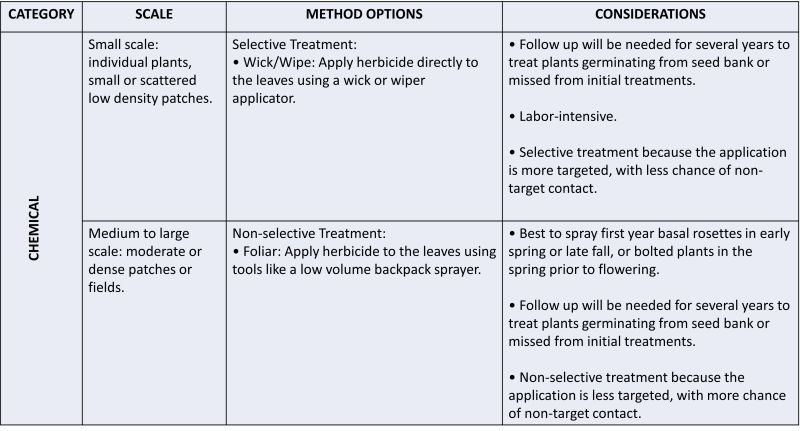Wild parsnip
Identification
**Warning--this plant contains a phototoxic sap that can cause burns, blistering, and skin discoloration. Please read the alert from the Vermont Department of Health before managing for this plant**
Appearance
Pastinaca sativa is a biennial/perennial herb that looks and smells similar to cultivated parsnip and can grow up to 4 feet in height.
Foliage
Leaves are alternate, compound and branched with jagged teeth. Leaflets are yellowish-green, shiny, oblong, coarsely-toothed, and diamond-shaped.
Flowers
Flowering occurs from May to June, hundreds of yellow flowers develop. Flowers are arranged in an umbel.
Fruit
Fruits are dry, smooth, slightly winged and flattened on the back. Fruits each contain two seeds, which are dispersed in the fall.
Biology
Origin
Native to Eurasia.
Habitat
It is located in a wide range of growing conditions including dry to wet prairies, oak openings and calcareous fens (rare wetland community watered by mineral-rich, alkaline groundwater or seeps). It is commonly found along roadsides, pastures, and in abandoned fields.
Life cycle
Seedlings emerge from February through April, form rosettes and grow vegetatively for one or more years before they form an aerial shoot (bolt) and flower. Hundreds of small yellow flowers are produced on each plant and bloom from June to mid-July. Large yellow seeds are round, flat and slightly ribbed. Plants die after producing seeds. Seeds can remain viable in the soil for four years.
Ecological Threat
Wild parsnip invades and modifies open disturbed habitats. Once an infestation begins, it can spread across an area to form dense stands. Contact with this plant can cause skin to become photosensitive; exposure to sunlight can cause severe blistering.
Vermont Distribution
Citations
Photo Credit
5450881, 5450886, Leslie J. Mehrhoff, University of Connecticut, Bugwood.org
1551132, John Cardina, The Ohio State University, Bugwood.org
